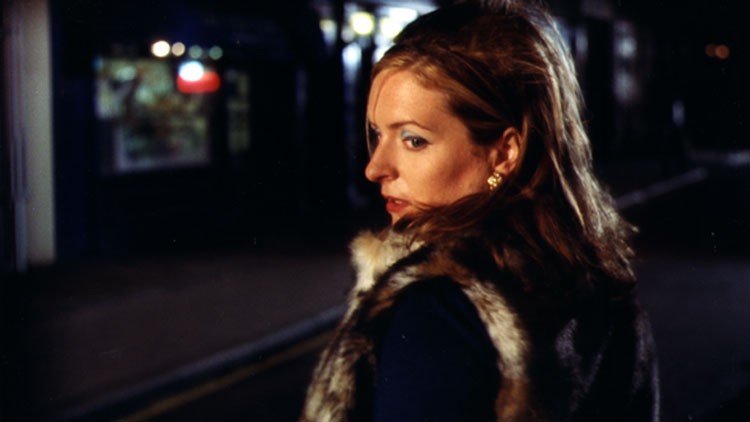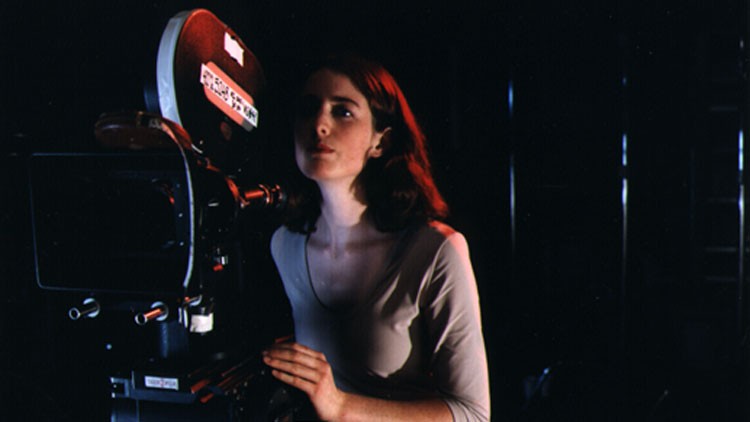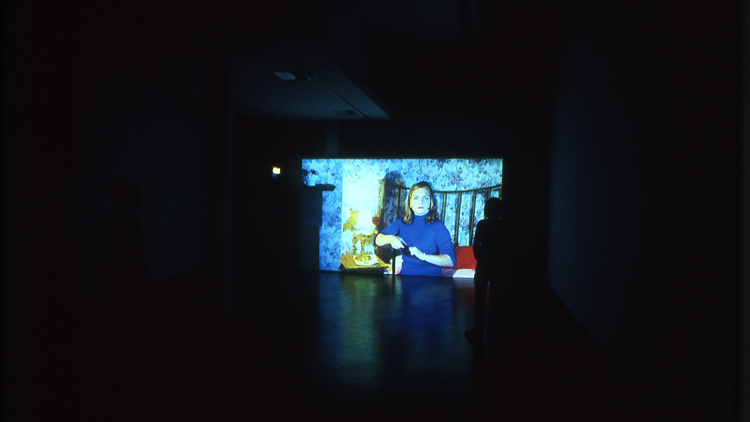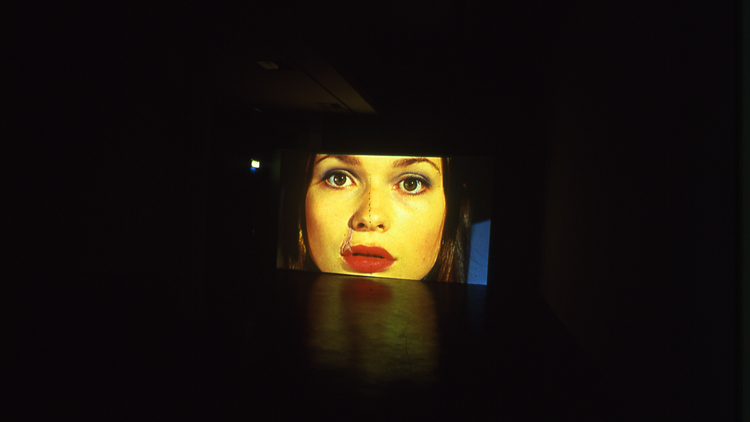An early formative work by this increasingly acclaimed and prolific artist, Peeping Tom highlights a particular facet of Lewis’s practice that he referred to at the time as the ‘part cinema’. Channelling his familiarity with cinematic language into a series of highly polished and fluent film pieces, Lewis exhibits an intimate feel for his subject: revealed in his picture-perfect emulation of cinematic styles and tropes, and underwritten by his enthusiastic embrace of the movie-maker’s modus operandi, mobilising the whole of the cinematic apparatus (35mm cameras, sophisticated technical equipment, professional cast and crew) to produce what are conceived from the outset as ‘bits’ or ‘parts’ of films. Alongside a methodical and incisive examination of some of the structural ‘building blocks’ of cinema (opening sequences, end shots, interlinking camera moves), Lewis turned his anatomising eye towards some of the key works of the cinematic canon, re-making the parts of those films that people most remember (the virtuoso tracking shot from Orson Welles’ Touch of Evil being one notable example), or which, when looked at in isolation, are emblematic (or symptomatic) of the movie as a whole.
Michael Powell’s 1961 classic, Peeping Tom, is ripe for exactly such a dose of close-up critical dissection – especially so, since its key protagonist, a shady photographer turned stalker turned killer, also goes under the name of Mark Lewis. This identification with his filmic double guides Lewis’s approach to the work. Foregrounding the Mark Lewis character’s own pretensions as a filmmaker (obsessively documenting the lives, and deaths, of his victims) Lewis, the artist, focuses on those parts of the Michael Powell movie that interest him the most – namely those sequences in the original Peeping Tom that are seen through the lens of the Mark Lewis character’s camera. Returning to Powell’s central London locations to re-make these particular passages, Lewis draws attention to the surreptitious presence of this film-within-a-film. Presented in the gallery as a large-screen video projection, and played back in eerie silence, Peeping Tom remains one of the stand-out works in Lewis’s compelling and provocative oeuvre.



